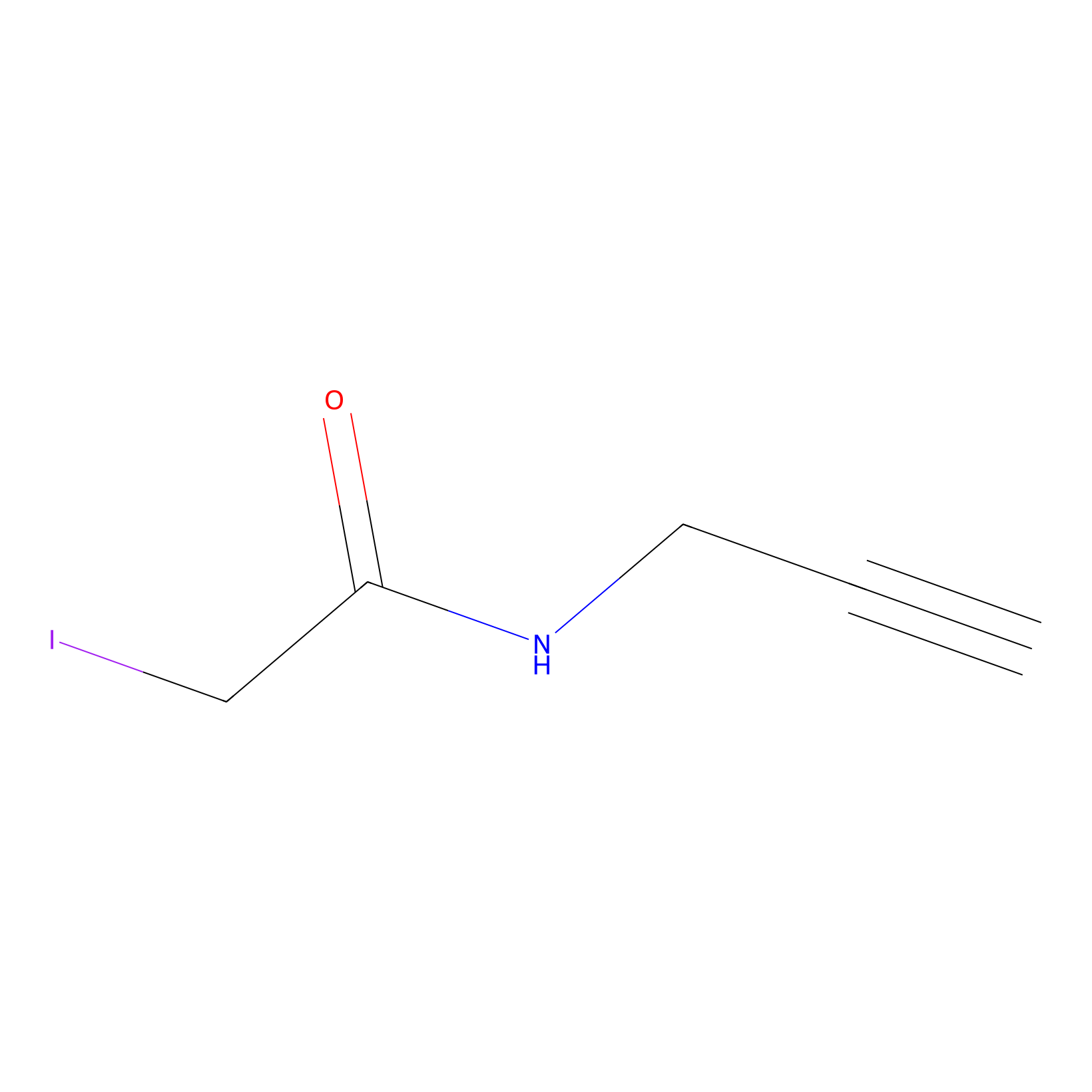Details of the Target
General Information of Target
| Target ID | LDTP13206 | |||||
|---|---|---|---|---|---|---|
| Target Name | Hydroxyproline dehydrogenase (PRODH2) | |||||
| Gene Name | PRODH2 | |||||
| Gene ID | 58510 | |||||
| Synonyms |
HSPOX1; HYPDH; Hydroxyproline dehydrogenase; HYPDH; EC 1.5.5.3; Kidney and liver proline oxidase 1; HsPOX1; Probable proline dehydrogenase 2; EC 1.5.5.2; Probable proline oxidase 2 |
|||||
| 3D Structure | ||||||
| Sequence |
MSPAAPVPPDSALESPFEEMALVRGGWLWRQSSILRRWKRNWFALWLDGTLGYYHDETAQ
DEEDRVLIHFNVRDIKIGPECHDVQPPEGRSRDGLLTVNLREGGRLHLCAETKDDALAWK TALLEANSTPAPAGATVPPRSRRVCSKVRCVTRSWSPCKVERRIWVRVYSPYQDYYEVVP PNAHEATYVRSYYGPPYAGPGVTHVIVREDPCYSAGAPLAMGMLAGAATGAALGSLMWSP CWF |
|||||
| Target Bioclass |
Enzyme
|
|||||
| Family |
Proline oxidase family
|
|||||
| Function |
Dehydrogenase that converts trans-4-L-hydroxyproline to delta-1-pyrroline-3-hydroxy-5-carboxylate (Hyp) using ubiquinone-10 as the terminal electron acceptor. Can also use proline as a substrate but with a very much lower efficiency. Does not react with other diastereomers of Hyp: trans-4-D-hydroxyproline and cis-4-L-hydroxyproline. Ubiquininone analogs such as menadione, duroquinone and ubiquinone-1 react more efficiently than oxygen as the terminal electron acceptor during catalysis.
|
|||||
| Uniprot ID | ||||||
| Ensemble ID | ||||||
| HGNC ID | ||||||
| ChEMBL ID | ||||||
Probe(s) Labeling This Target
ABPP Probe
| Probe name | Structure | Binding Site(Ratio) | Interaction ID | Ref | |
|---|---|---|---|---|---|
|
IPM Probe Info |
 |
N.A. | LDD0241 | [1] | |
